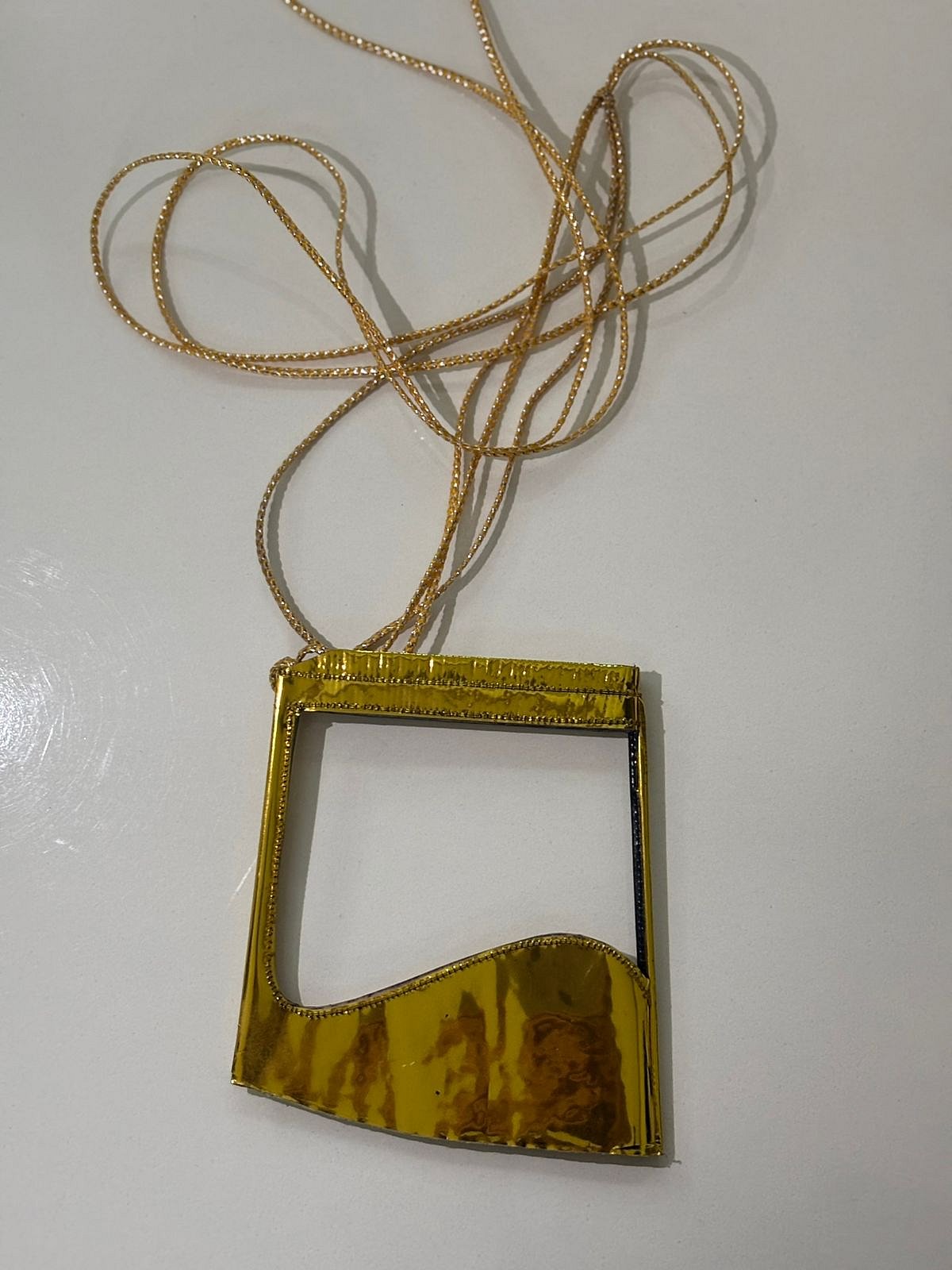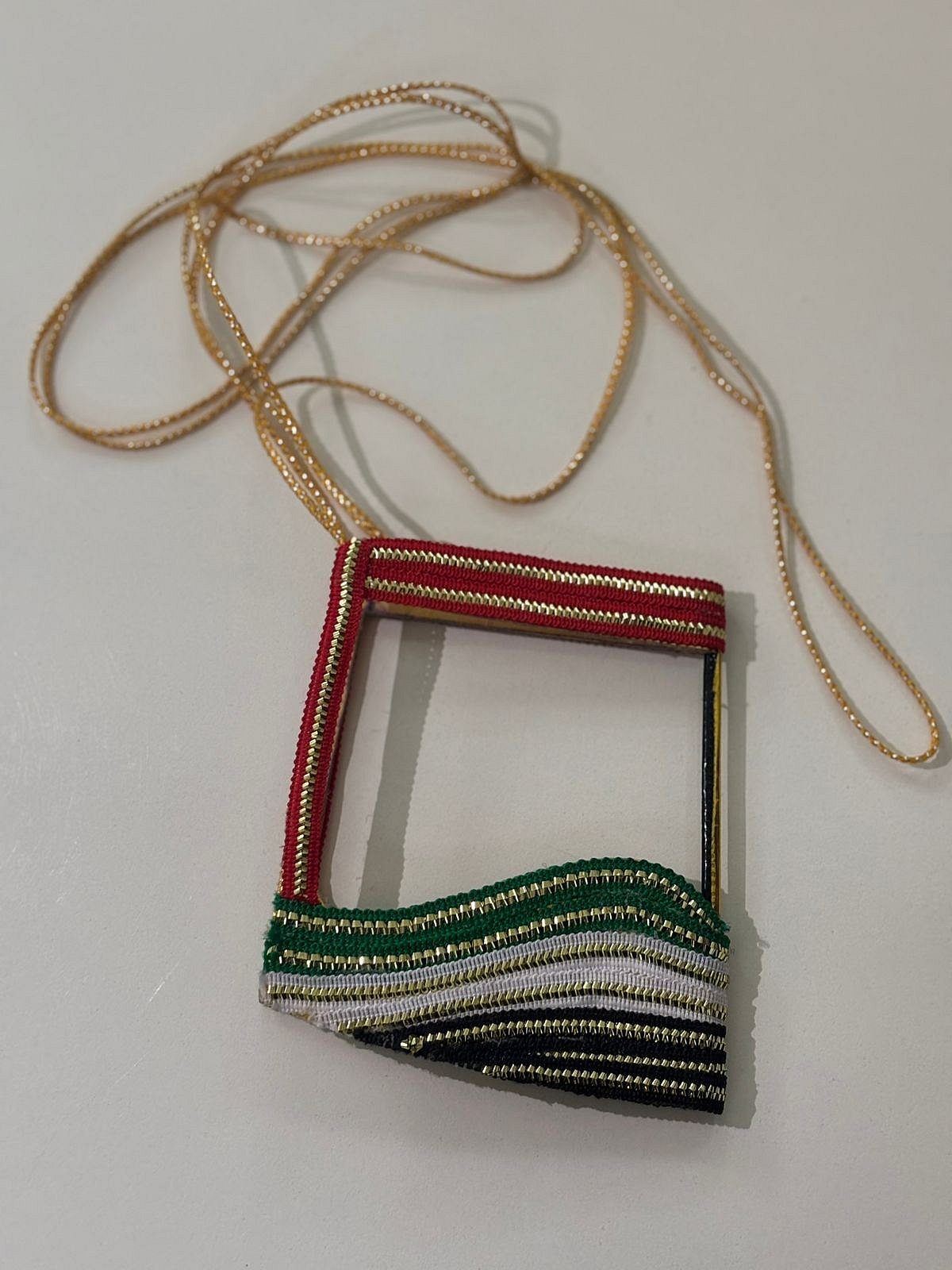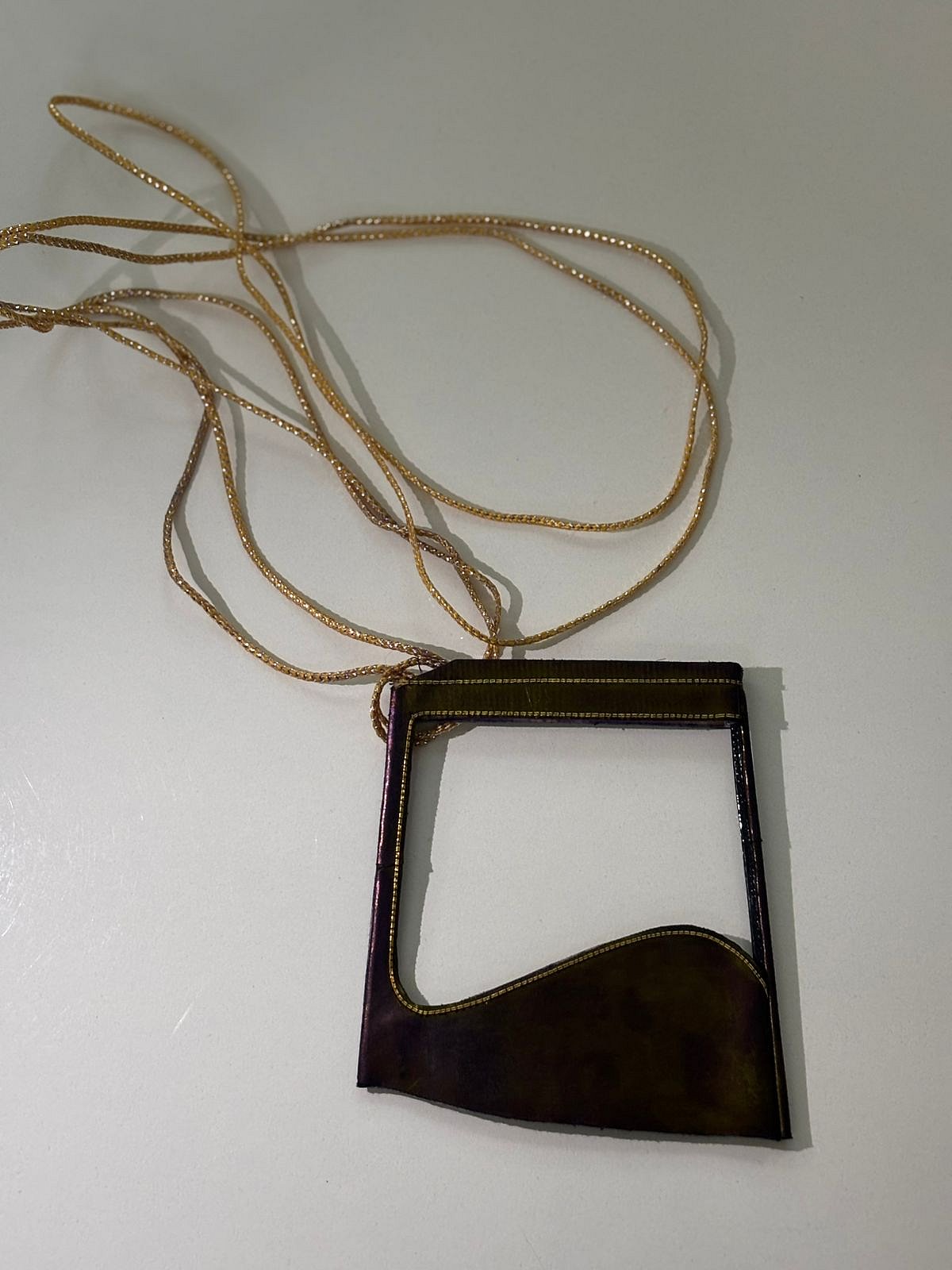The Emirati burqa’a, once a daily sign of modesty and social status, is now a fading tradition cherished by older generations and seen as a cultural symbol by younger ones. For women who do wear it, the face covering is not just an accessory but a piece of memories and identity sewn into its fabric.
The term 'burqa' often refers to the full-body garment worn in some Muslim communities, covering the entire body. However, the Emirati burqa’a is distinct. In the UAE and parts of the Gulf, it refers to a decorative, stiffened cloth mask that covers part of the face, typically the nose and eyebrows, and sometimes the mouth, while leaving the eyes uncovered.
The accessory is widely used to depict Emirati heritage during exhibitions and national occasions.
Stay up to date with the latest news. Follow KT on WhatsApp Channels.
Visual artist Karima Al Shomely, who uses the traditional Emirati burqa’a in modern artistic productions as part of her creative work, describes it as a vital part of Emirati heritage rather than a religious symbol. She explains that it signified modesty, social status and protection from the harsh desert climate, and that migration to the UAE from Oman in the 19th century was facilitated through cultural exchange.
Karima Al Shomely
She notes that regional variations emerged over time: older women chose smaller eye openings to conceal wrinkles or missing teeth; desert tribes dressed girls as young as seven in oversized burqa’as for skin protection; and colours like metallic gold-green and purple reflected age and status. Medium-length Miayani burqa’as often marked newly married women, while the Eastern Mankous, with its inverted 'sword', rested on the tip of the nose.
More than an ornament, the burqa’a once enabled women to work outdoors modestly, navigate social rules and mark the transition from girlhood to womanhood.
Some elderly Emirati women continue to wear them as they have for decades.
Seventy-year-old Zaafarana Ahmed Khamis first wore the veil after her marriage and has kept the practice for more than 46 years. “In the past, there were clear rules about the burqa’a. Young unmarried girls wore larger ones that covered almost the entire face and chest, while married women could wear slightly smaller ones with wider eye openings.”
Zaafarana Ahmed Khamis
Teen girls used to wear deep red or dark burqa’as, signalling modesty, while brides transitioned to a shiny, gold-tinted version that reflected their maturity and marital status. Inside homes, a single nail by the door held the burqa’a. As Khamis recalled: “If someone knocked, we would immediately put on the burqa’a before opening the door.”

Gold-tinted burqa’a
The burqa’a was never just fabric. It was hand-sewn, held in place by the Al Seif, a strip of local wood across the nose, and tied with the al Shubuq, a red cotton or wool string fastened at the back of the head.
Weddings were a milestone in the life cycle of the burqa’a, as brides received smaller, married-women styles in their trousseau. But today, Zaafarana says the meaning has shifted. “It used to be for coverage and modesty. Now, younger women wear smaller, thinner designs that are more decorative than protective.”
From daily wear to ceremonial symbolFor 65-year-old Aisha Ali Al-Blooshi, the burqa’a has reappeared in talli-embroidered, indigo-dyed and even gold-plated forms for National Day and weddings. “These new burqa’as are for occasions or fashion. They are not the same as what we used to wear every day. They are symbolic now, not our daily life,” she said.
Aisha Ali Al-Blooshi
She predicts that the covering will “survive only as a ceremonial or fashionable accessory” for future generations. Younger women now prefer the hijab, niqab or ghashwa.

Talli-embroidered burqa’a

Indigo-dyed burqa’a
Eighty-year-old Maryam Salem remembers when the burqa’a was inseparable from adulthood. She first wore it on her wedding night at 17 because, in her region, unmarried girls were never expected to wear face coverings. She recalls buying indigo dye at the market, hand-sewing her own burqa’a, and later making them for others to sell at Dh3 to Dh5 each. To her, the burqa’a is a piece of her identity.

Maryam Salem
Today, as the covering becomes a piece of heritage rather than a necessity, women like Khamis, Al Blooshi and Salem continue to wear it, honouring a tradition that speaks to the identity and resilience of Emirati women even as it fades from daily life.
UAE: 10-year-old Emirati girl builds AI academy for kids, aims to bridge gender gap UAE: Sheikha Fatima to Lana Nusseibeh, powerful women who dominate Emirati politics 'Entire UAE with me': Emirati woman bikes from Dubai to Iraq on self-discovery journeyYou may also like

Experts suggest ways to bridge economic growth and unemployment

UK heatwave health alerts issued for 5 DAYS as 7 regions face 'rise in deaths'

Lokesh Kanagaraj thanks 'Coolie' star Rajinikanth for 'bringing his vision to life through him'

JD Vance talks about "the bad guys" in Ukraine war - but doesn't say which side he means

Xavi Simons rush, Estevao Willian dilemma, Sanchez debate - Chelsea dream XI vs Crystal Palace





